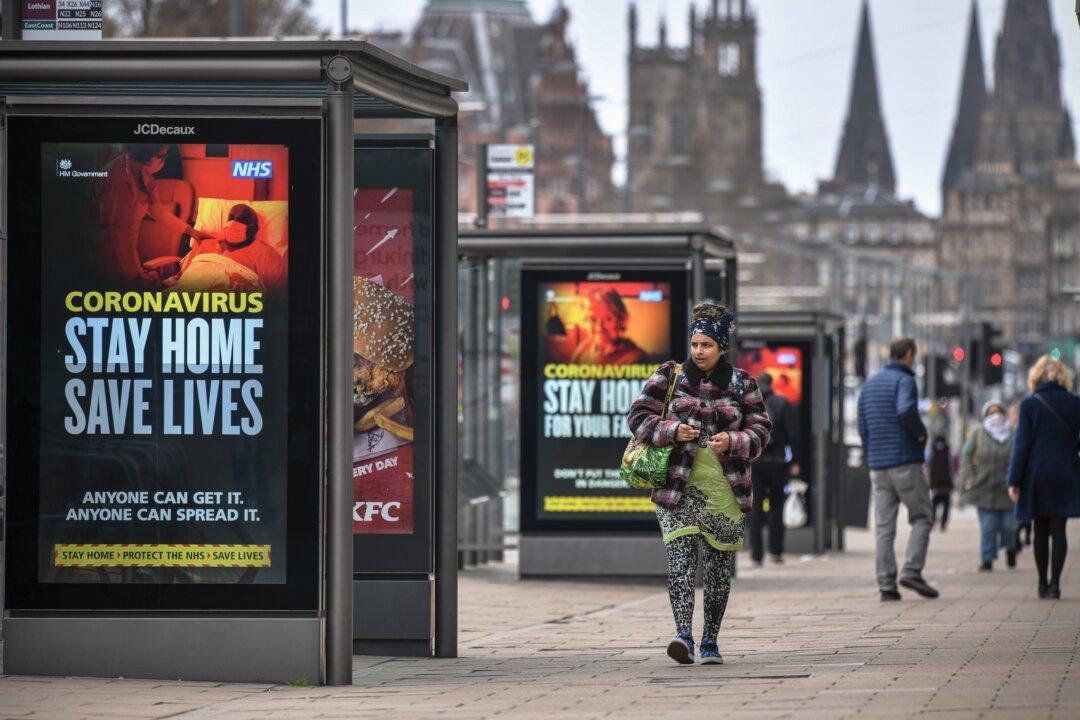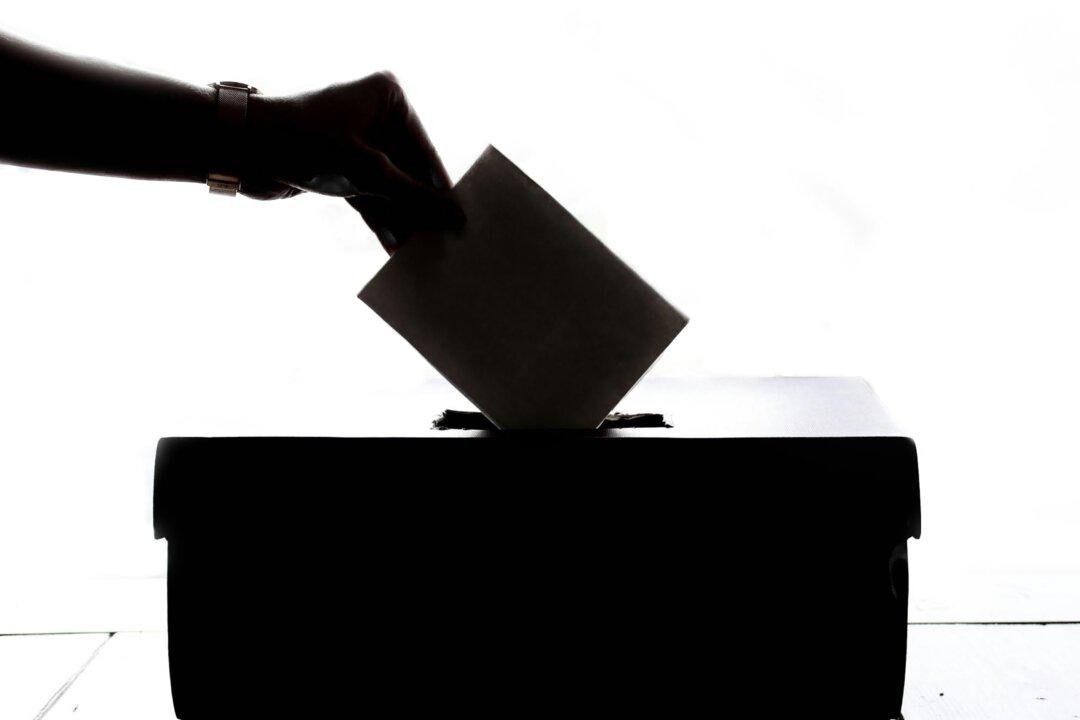Commentary
Four years have passed since much of the world reacted to a coronavirus bug as if a new strain of smallpox threatened to wipe out a sizable portion of humanity. Lockdowns shut the economy almost everywhere; distaste for government and a negative outlook for the future almost certainly turned the 2020 presidential election against incumbent President Donald Trump despite the historic economic boom enjoyed up until COVID-19 hit; and, as was ultimately discovered, top Washington health care officials were engaging in deceit.





